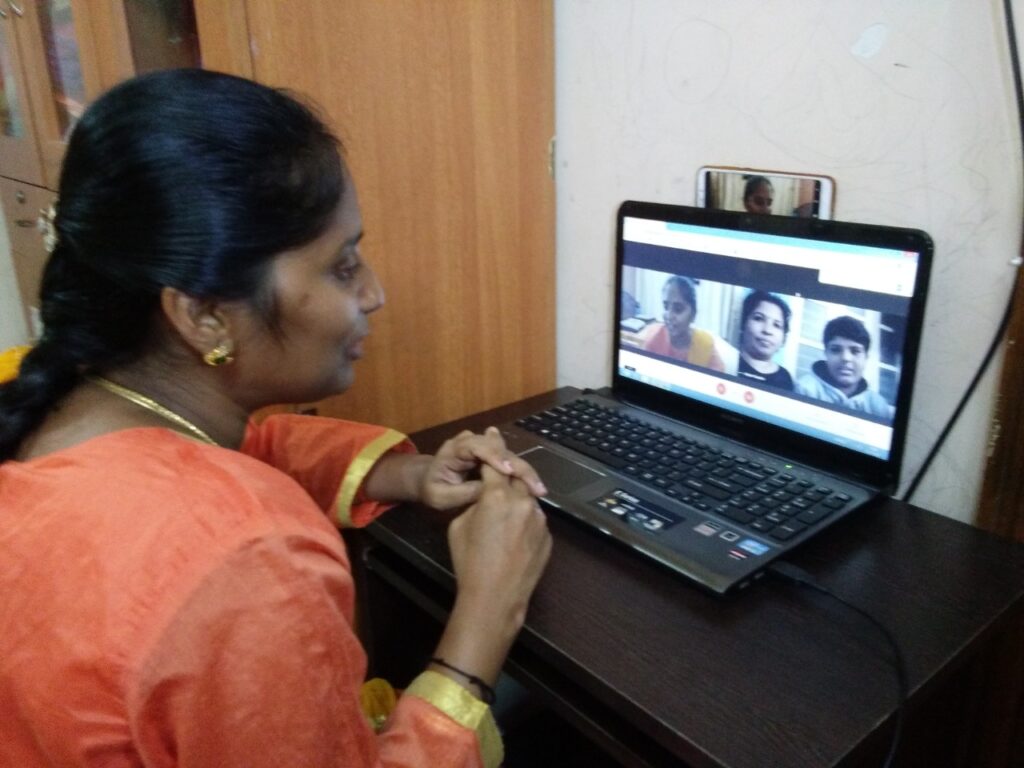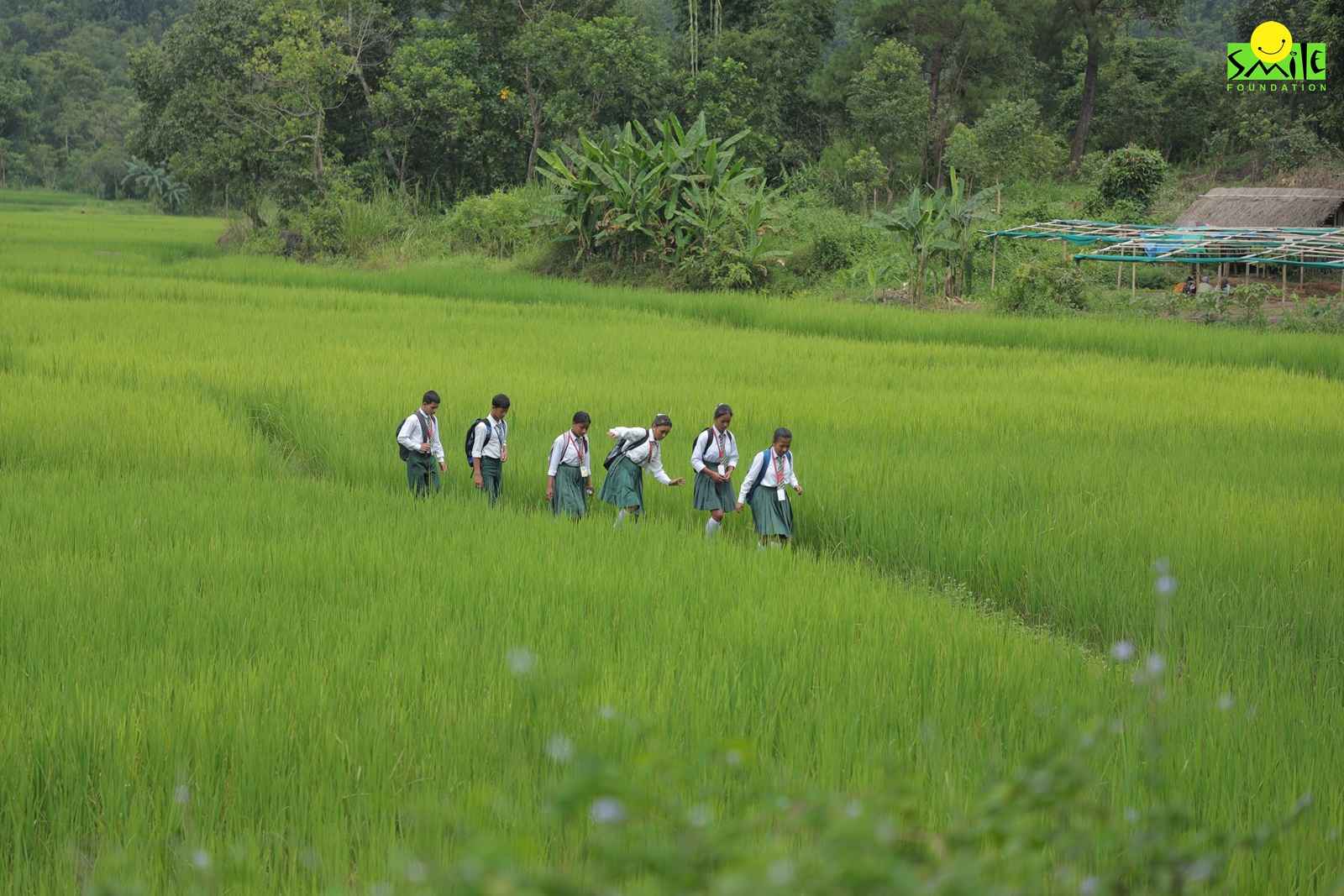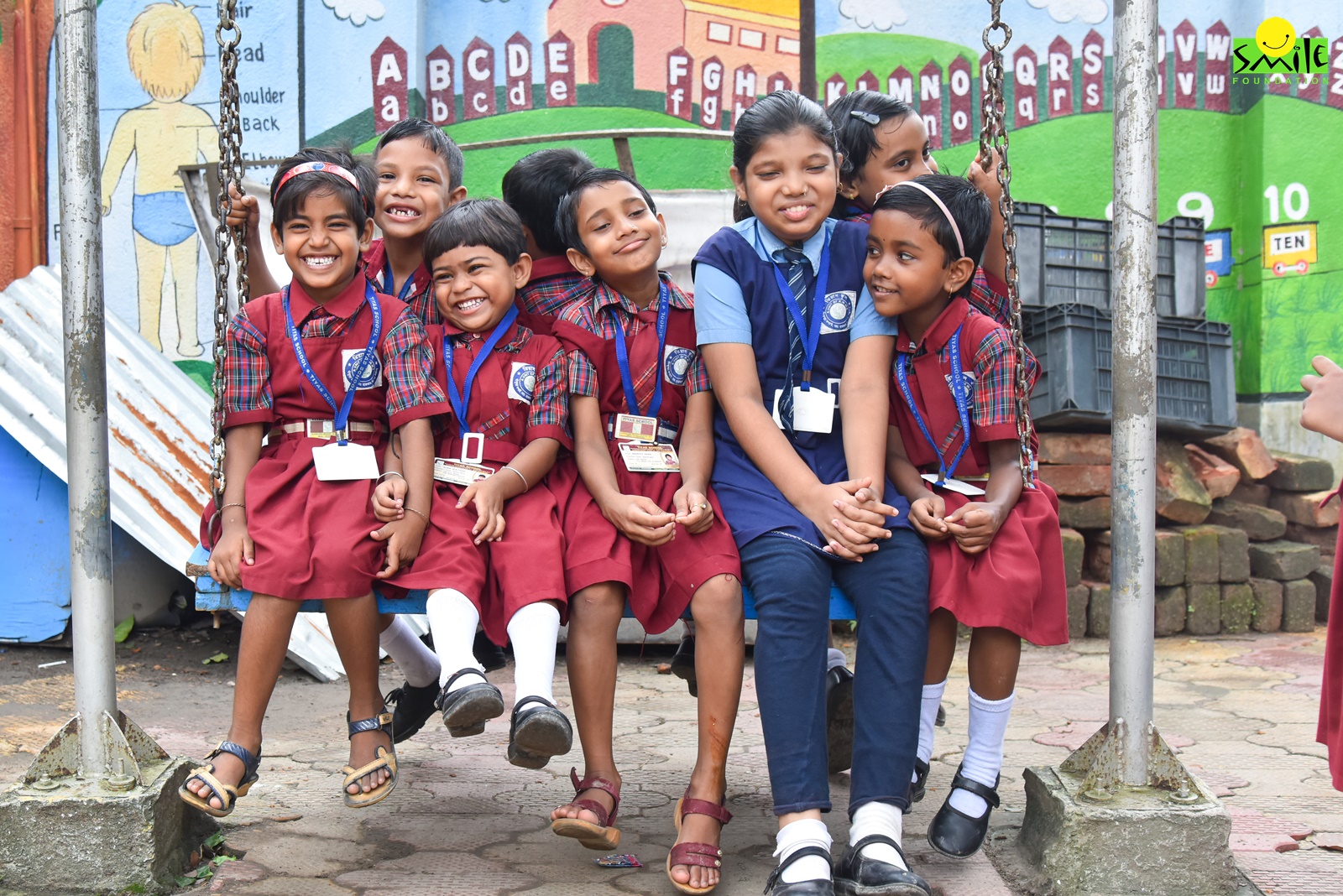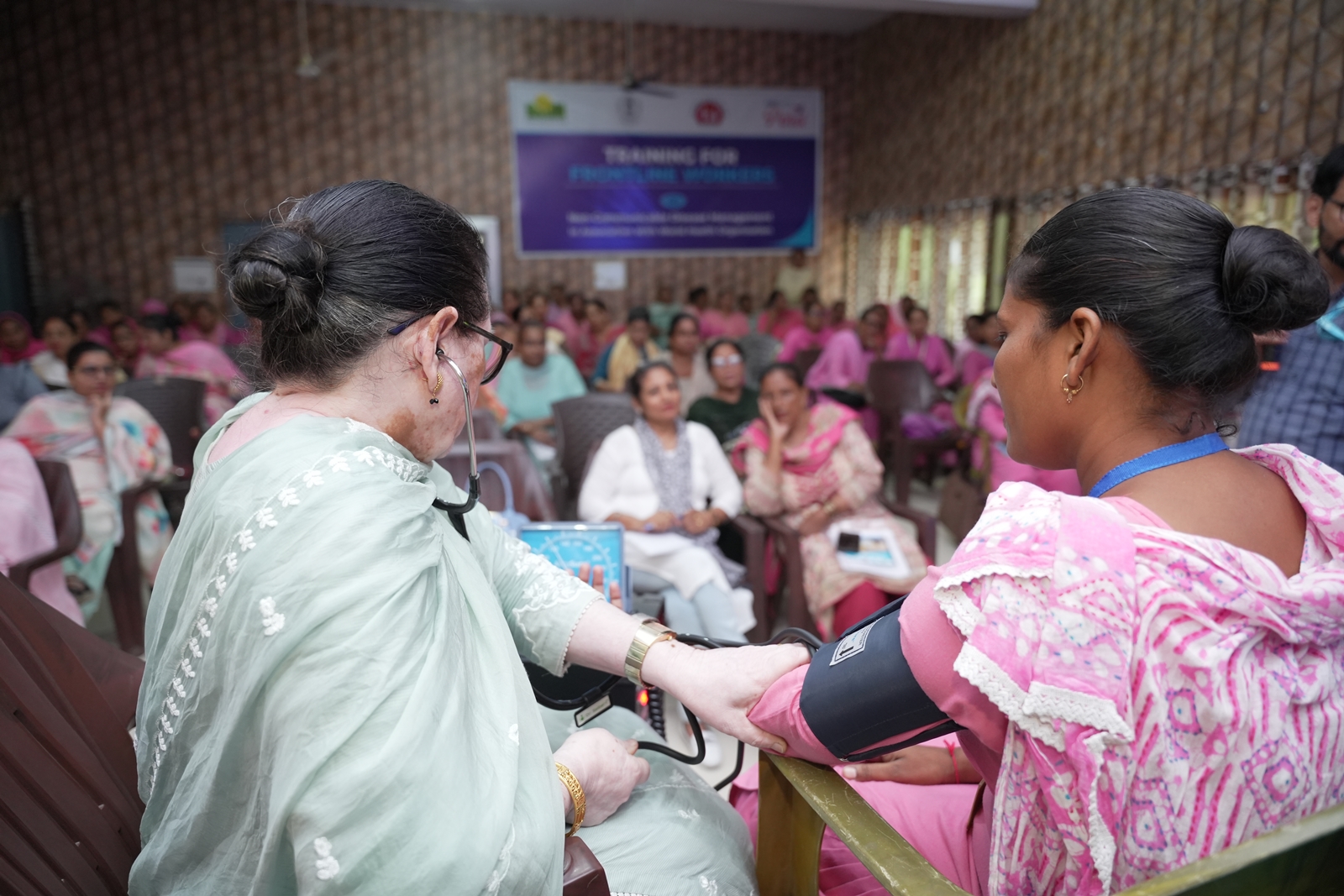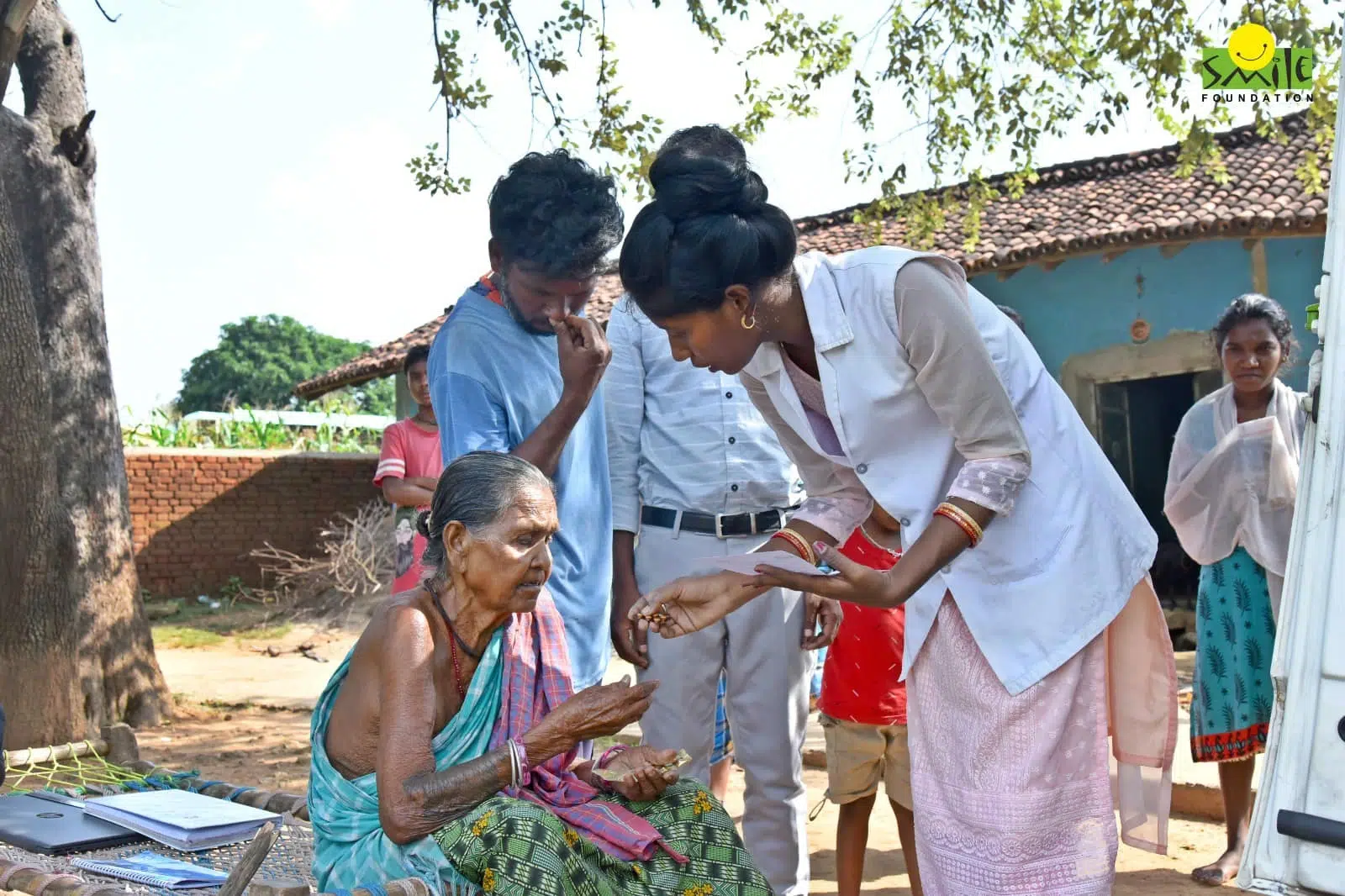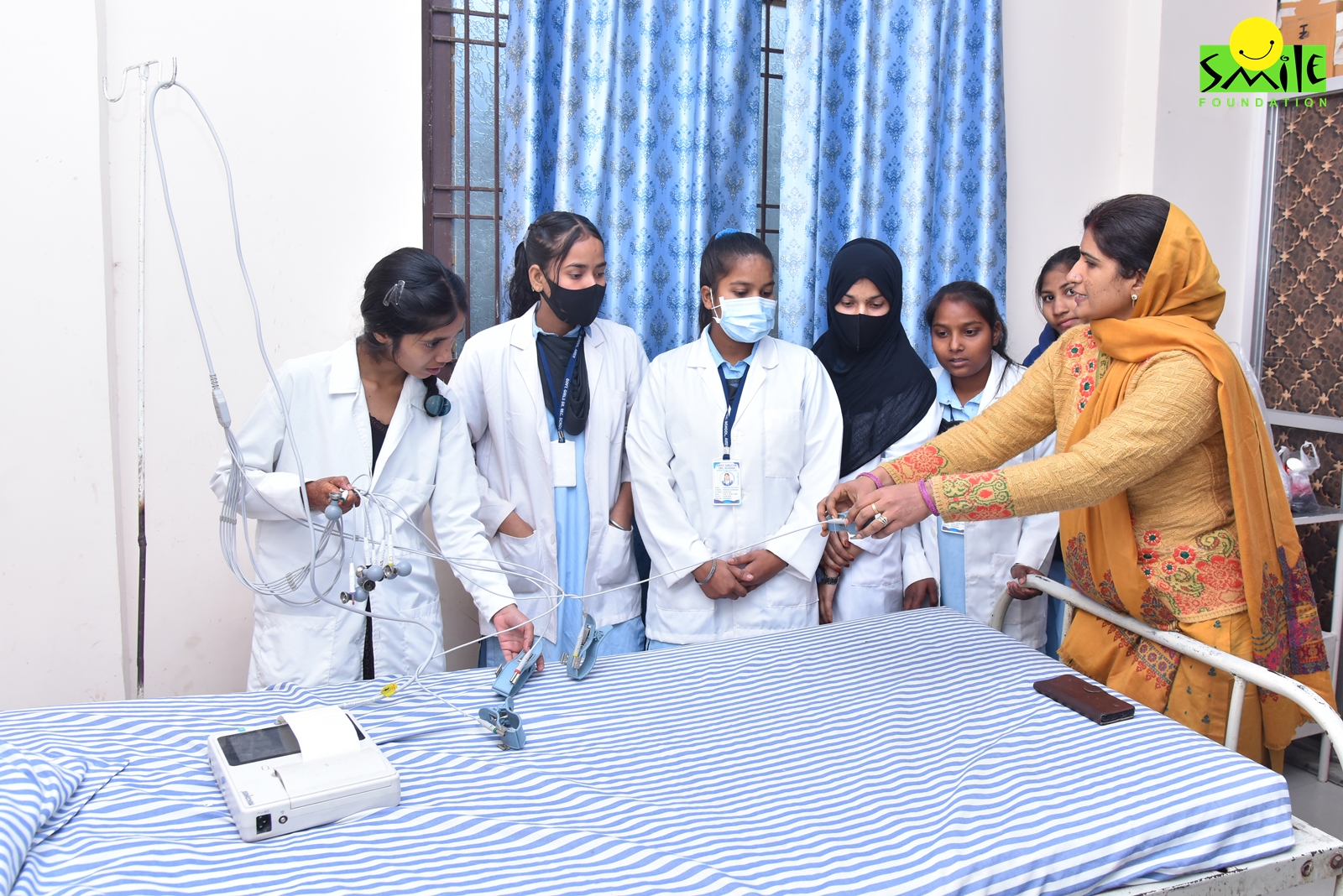“Schools to be reopened,“ screams one newspaper headline. “Students from IXth upwards to start school twice a week,” declares another. “Third corona wave to be amongst children as they are the non-vaccinated group”, announces a third one. Amid this, one is left wondering whether blended teaching and learning is successful or not.
These kind of headlines and news articles leave school communities in a quandary. They are forced to question their own COVID SOPs for the nth time. Principles and teachers are still going back to their drawing boards to brainstorm and figure out the way forward. This includes education, learning, and the entire business of it all.
Child for Child’s ‘Best Practices’ digital mee
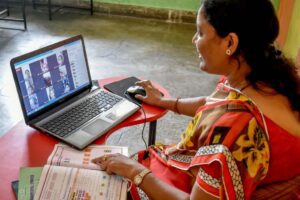
This background highlights the consternation amongst the school fraternity. The Child for Child programme decided to connect with as many heads of schools as possible. The purpose was to bring them on a common platform and arrive at some semblance of sanity about the way forward for education. The topic for the online principals meet was “Best practices followed by schools in blended form of learning and teaching”. This theme resonated very well with how the world views the future of education. It also covers how schools can prepare for the future, keeping a mix of online and offline elements in both teaching and learning.
Insights on blending teaching and learning
Principals were invited from across different regions. They all helped get an understanding of how different schools were dealing with the COVID situation. Apart from this, they shared their preparation for welcoming students and teachers back to school. They all initially shared insights from a year of blended learning and teaching during the pandemic. The past one year has brought immense learnings for every member of the school fraternity. Teachers, principals, students, and their parents are currently more comfortably placed. They are far better skilled digitally and have also procured devices and gadgets that facilitate education almost seamlessly.
Teachers are better placed when it comes to dealing with “zoom bombers”, absentees, off videos, and inattentive students. Children have also accepted digital classrooms with gusto. They have become more disciplined and adept at submitting their assignments while managing their friends in the chat rooms. Parents are also more aware and more comfortable with online learning after a year. Their presence during classes has reduced, their misgivings are addressed more quickly. Now they have accepted that digital is here to stay in some form or the other. Even the school staff started going to school after getting vaccinated to maintain the infrastructure. They are playing a key role in planning the reopening of schools.
Dealing with a pandemic
With all these key elements in place, the discussions veered towards managing schools and education seamlessly amidst a pandemic. Apart from COVID, education also gets disrupted for reasons like school closure due to pollution or an outbreak of a vector-borne disease! It emerged that the blended teaching and learning model could continue even if schools were to reopen fully. Elements of digital education would be integrated in mainstream education.
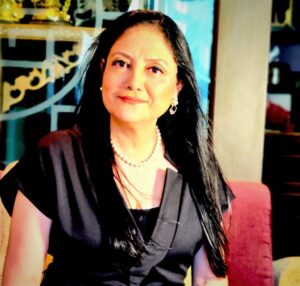
The participating principals talked at length about how the school fraternity had risen to the challenge of the pandemic. They have adopted new-gen technology and adapted to the unprecedented situation in an unbelievably short time period. The teachers have put in a lot of hard work. And the tech teams have managed to put together an ecosystem for flawless teaching and learning.
Some schools are now designated as Microsoft-supported schools to maximise the use of MS teams.
Mr. Baljinder, Principal of Dayanand Model School, Nakodar, Punjab, was of the view that the pandemic actually helped his school. They began looking into innovative ways of learning and teaching. For instance, they adopted gamification and used educational apps for certain lessons. They plan to continue using these even after schools reopen completely.
Paving the way forward
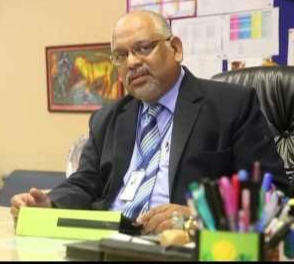
All principals stated that when schools adopt the New Education Policy, they would benefit from the blended teaching and learning methodology. Although it arose due to the pandemic, it ended up removing unnecessary clutter from daily lessons and improved the useful.
It was noted that completely online setup also comes with drawbacks. In the offline mode, children learn a lot from being present on school premises. They get to interact with their teachers and friends and can also make effective use of the in-campus sports infrastructure.
Mr. John Bagul, Principal of South City International School, Kolkata, mentioned that his school was using Promethean Interactive Whiteboards. They had encrypted security. The school also focuses a lot on mental well-being of everyone to ensure that students do not become socially awkward during the time spent away from home.
International School Fraternity
There were a few heads of institutions from Indonesia and Uganda as well. They shared stories of how the COVID situation in their countries had brought school infrastructure to its knees. They also shared their learnings outside the classroom. Dr. Ni Putu Tirka Widanti, President of Yayasan Green School, Bali, Indonesia, gave a virtual tour of her school’s eco-friendly campus. She also shared that her residential students often took many sessions online even pre-pandemic while also picking up from green schooling philosophy of “Learning from Nature”. This blended form of learning helped her school fraternity move completely online without any issue.
Smile Foundation showing the way ahead
The participants appreciated Smile Foundation for playing the role of a facilitator of such think tanks. The Child for Child team hopes to continue ideating such meets amongst school fraternity. We want to ensure that education continues–online, offline or in a blended form with best practices!
The panel discussions were not only riveting to listen to but there was also a huge amount of learning for the principals and heads of institutions from each other during the meet. They reiterated how a blended form of education would be the new way of teaching and learning.



